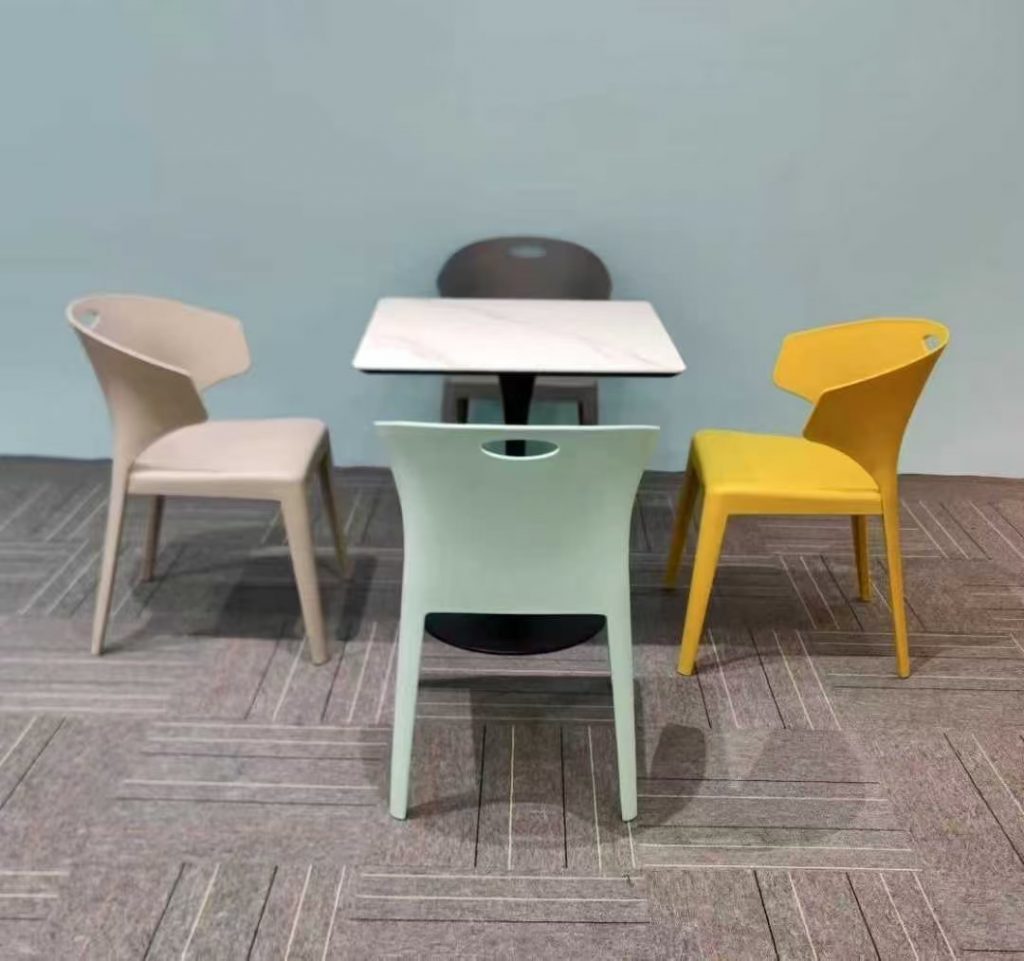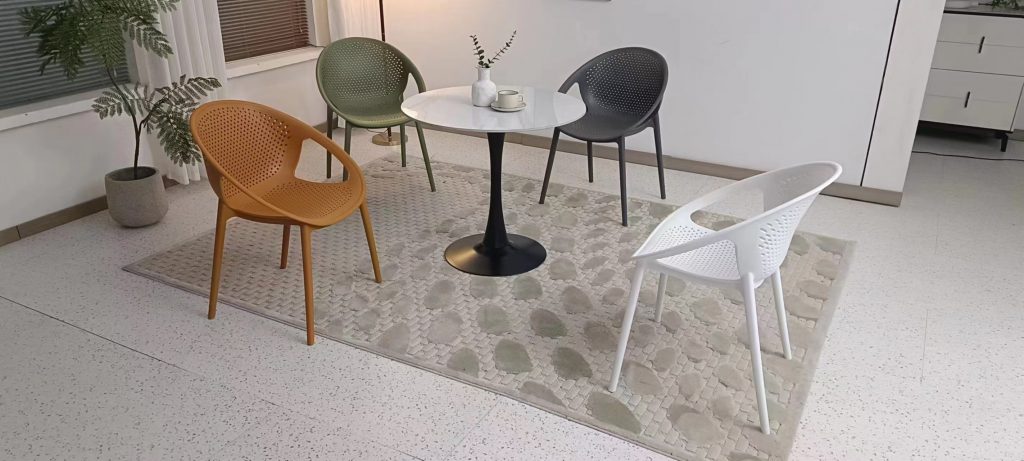Discover why China dominates global furniture production. Explore advanced materials, sustainable practices, custom capabilities & smart sourcing tips for international buyers.
—
Why China Powers the World’s Furniture Industry
From cozy suburban homes to luxury hotels, “Made in China” furniture fills spaces globally — but it’s no longer just about low costs. As the world’s largest furniture exporter (holding ), China has pivoted to engineering-driven manufacturing, cutting-edge sustainability, and bespoke craftsmanship. This article uncovers the evolution defining modern Chinese furniture production.
Pillar 1: Unrivaled Industrial Ecosystem
China’s dominance stems from a complete supply chain few countries match:
– Vertical Integration: Raw material sourcing (FSC-certified wood, recycled metals), R&D labs, component factories, and logistics networks operate within 100-mile clusters like Guangdong and Zhejiang.
– High-Precision Engineering: Industry 4.0 adoption includes AI-driven CNC carving, robotic finishing arms (±0.1mm accuracy), and IoT quality tracking.
– Scalability: Factories switch from 100-piece custom orders to 10,000-unit runs within 72 hours.
> *Key Fact:* 75% of global furniture hardware (hinges, sliders) is produced in Foshan, reducing lead times and defects.
Pillar 2: Technology & Sustainability Shifts
Gone are the days of toxic laminates and particleboard. Leading manufacturers now focus on:
Eco-Innovations Driving Exports
Initiative Purpose Global Impact
Bamboo Composites Renewable, harder than oak wood Carbonnegative materials
WaterBased Finishes Zero VOC emissions Meets CA Prop 65, EU REACH
SolarPowered Plants Reduce coal dependency 20% lower CO2 per unit
ClosedLoop Recycling 92% waste reuse LEED/GreenGuard certification
> *Certification Matters:* Look for SA8000 (ethical labor), FSC (wood sourcing), and GREENGUARD Gold (air safety).
Pillar 3: Customization Without Compromise
The rise of direct-to-consumer e-commerce forced factories to master:
– Design Flexibility: Support CAD/BIM files for custom dimensions, modular systems, and patented joint designs.
– Hybrid Craftsmanship: Blend hand-carved details (e.g., solid wood inlays) with digital fabrication.
– Small-Batch Excellence: MOQs as low as 50 units for niche designers versus traditional 10,000+ bulk orders.
Case Studies: Where “Made in China” Excels
1. Contract Furniture: Hotel FF&E (case goods, seating) meeting AHFA durability standards.
2. Outdoor Sets: Powder-coated aluminum with 2000+ hour salt-spray resistance testing.
3. Smart Furniture: Built-in wireless charging, IoT sensors, and modular storage systems.
5-Step Sourcing Strategy for International Buyers
Avoid pitfalls with these expert tips:
1. Audit Digitally First: Demand video facility tours and live video calls with engineers — not just glossy brochures.
2. Prototype Testing: Order 3 samples minimum. Test for:
– Stability (ASTM F2057)
– Finish abrasion resistance (1,000+ rub cycles)
– Hardware cycle life (50,000 open/close tests)
3. Logistics Clauses: Include incoterms (FOB vs. EXW) and delays penalties (~5% per week) in contracts.
4. Certification Verification: Cross-check factory docs via or .
5. Cultural Alignment: Hire bilingual QC agents *based in China* for pre-shipment inspections.
The Future: Where Innovation is Headed
– Automation++: AI predicting material waste patterns, reducing costs by 15%.
– Blockchain Tracing: Real-time CO2 tracking per item from forest to floor.
– Direct Digital Manufacturing: No molds needed — 3D-printed metal/wood composite frames.
—
Why Trust China’s Furniture Evolution?
Decades of refining infrastructure, sustainability rigor, and tech investments transformed Chinese manufacturers from “cheap suppliers” to value-engineered partners. For businesses prioritizing eco-compliance, precision, and agility, China remains the strategic choice.
> ✳️ Deepen Your Knowledge:
> → Anchor Text: Sustainable Materials Guide
> → Anchor Text: Asia vs. EU Furniture Quality Comparison
Article link:https://www.vlefooena.com/manufacturer/4438/




No reply content